Artificial intelligence is here to stay, and so are the challenges it brings to teaching. Our students are already using AI tools in their studies, and surveys show that they want clearer guidance from their teachers on what is allowed and what is not. At the same time, it’s not always easy to define those boundaries.
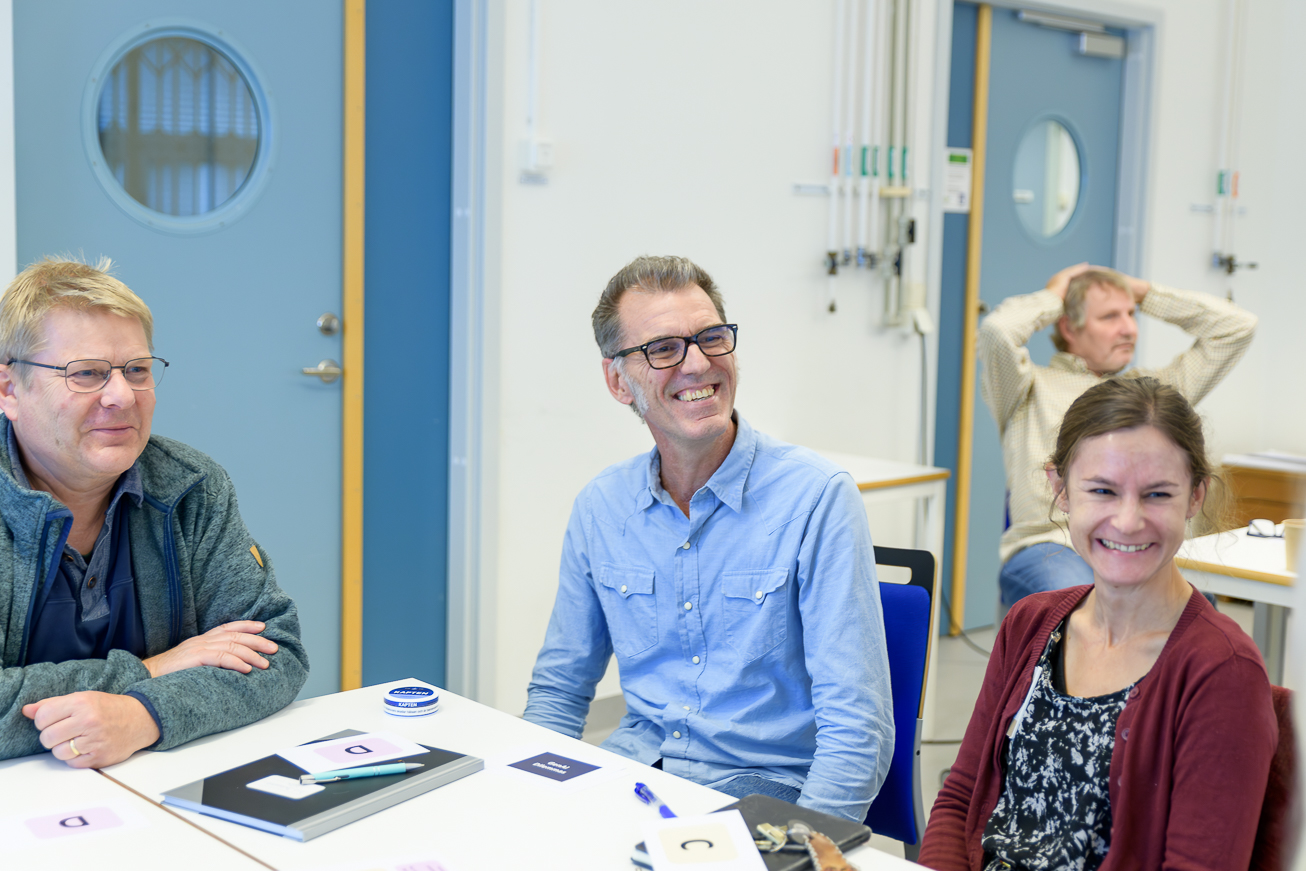
To address this, we recently organised an AI workshop for teachers. Our goal was to discuss and develop shared approaches to how students may use AI in courses. The workshop offered space for teachers to exchange experiences, reflect together, and explore what a responsible approach to AI might look like in teaching.

During the workshop, participants worked in small groups to discuss a series of challenging cases related to students’ use of AI. Everyone voted on a possible solution and then discussed in their groups why they had different opinions, and whether they could reach a shared position. The discussions were both lively and insightful, revealing just how complex the issue is and how important it is to keep talking about it.
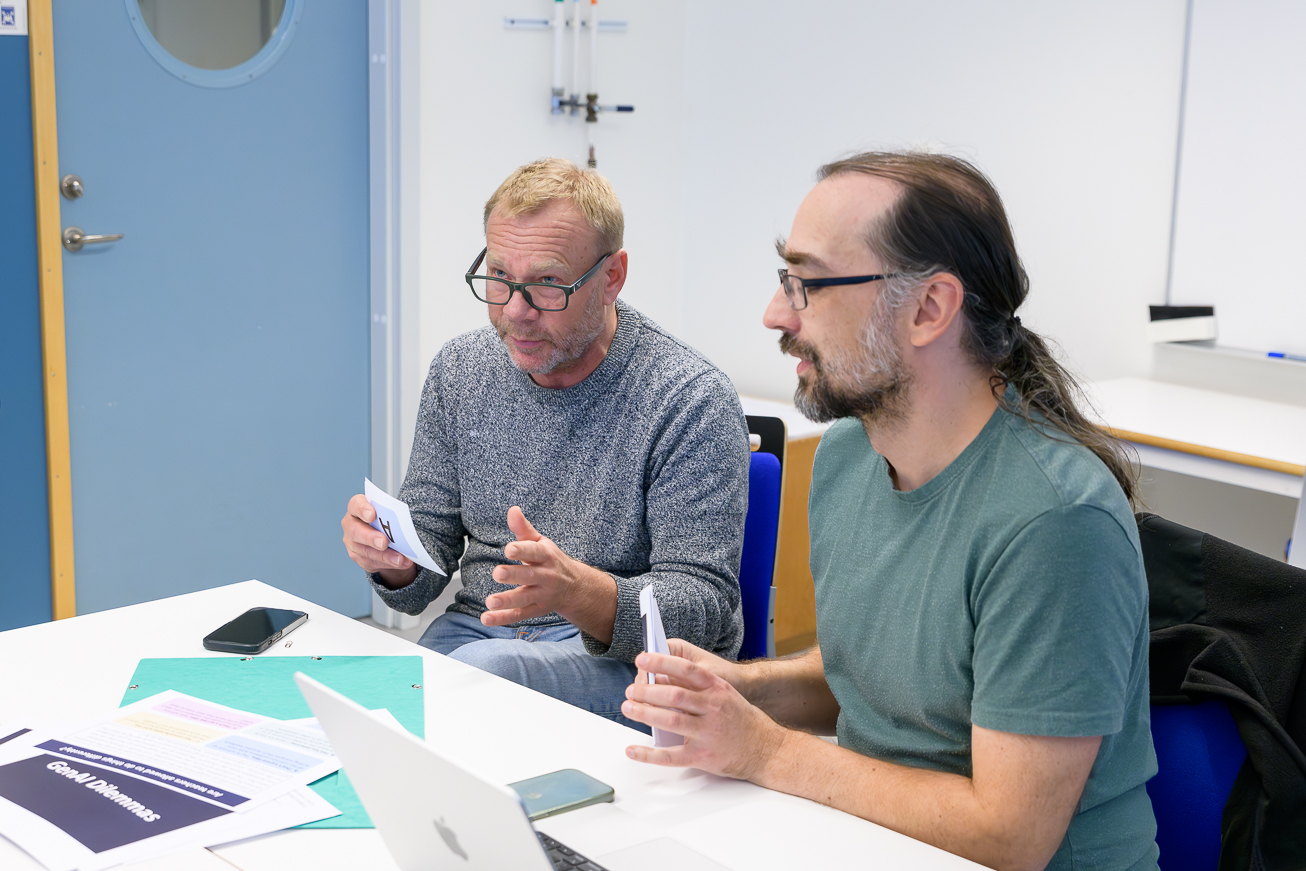
At the end of the workshop, we presented a template for AI guidelines that teachers can adapt and post on their course pages in Canvas. The template is designed as a practical tool to help clarify expectations for students while still allowing flexibility across different courses and subjects.

We are considering hosting a similar workshop this spring. If you think that sounds like a good idea (or if you have feedback or suggestions), please feel free to contact the Undergraduate Education Office or the Biology Library, which co-organised the workshop.
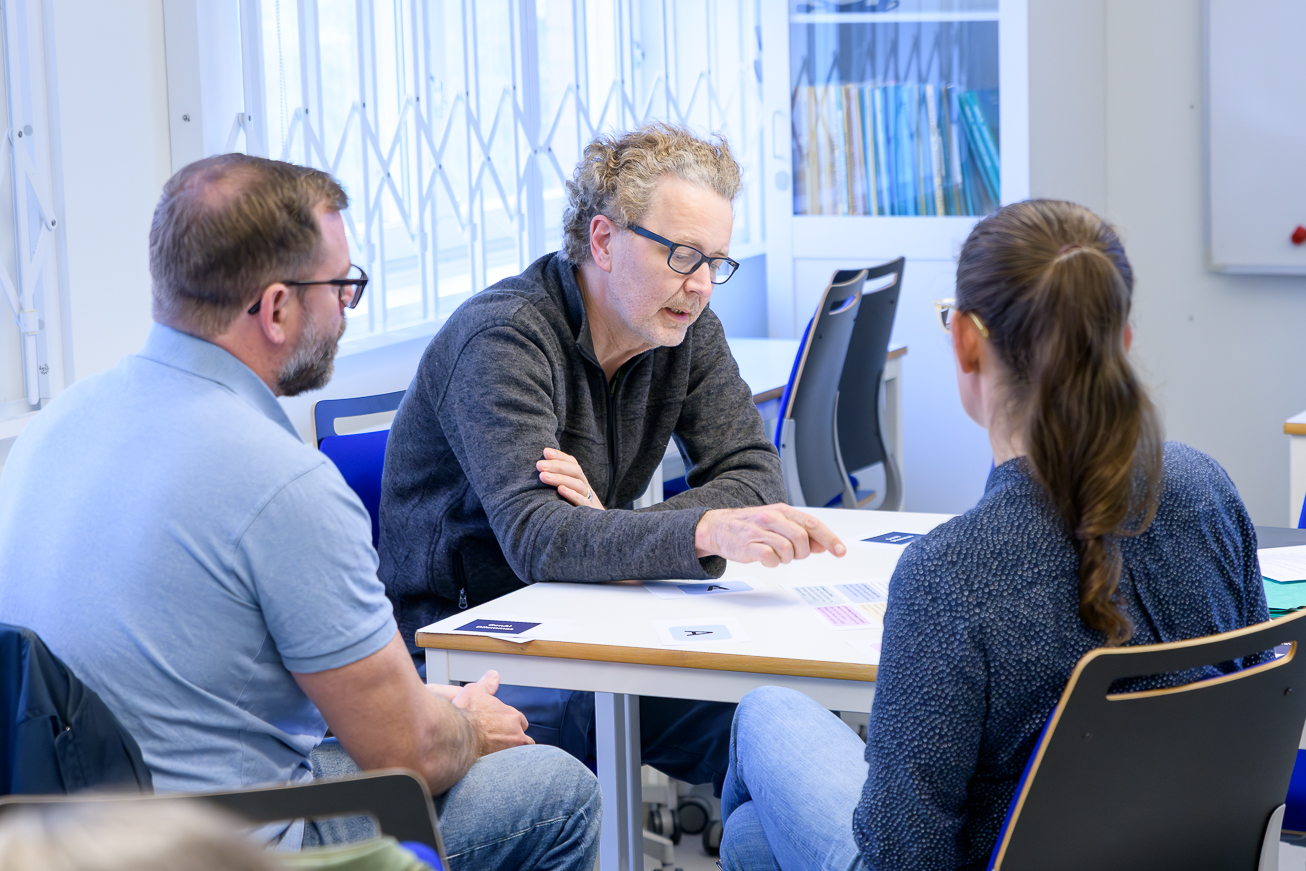
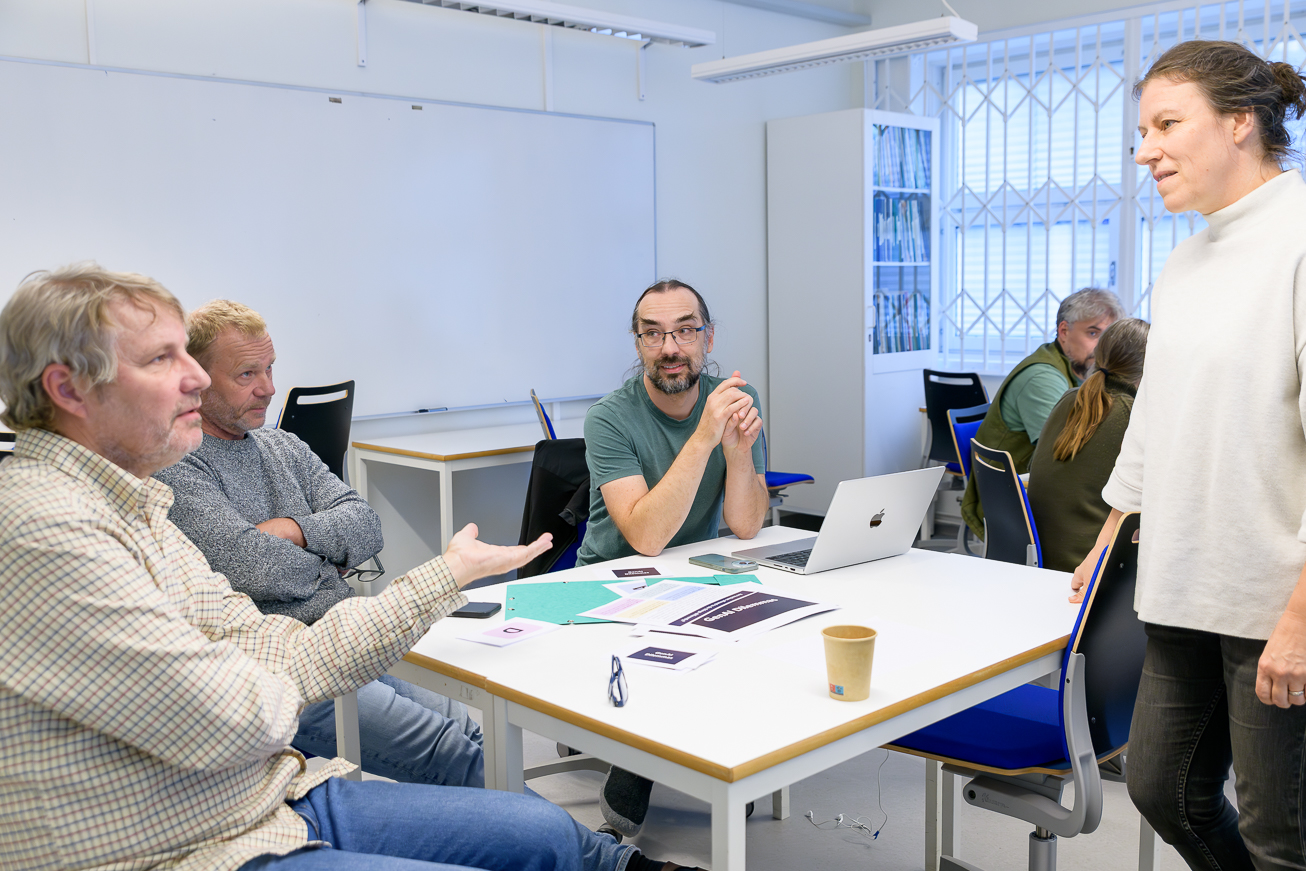
/Frida Rosengren, Maja Tarka and Fredrik Johansson
Text: Frida Rosengren
Photo: Inger Ekström

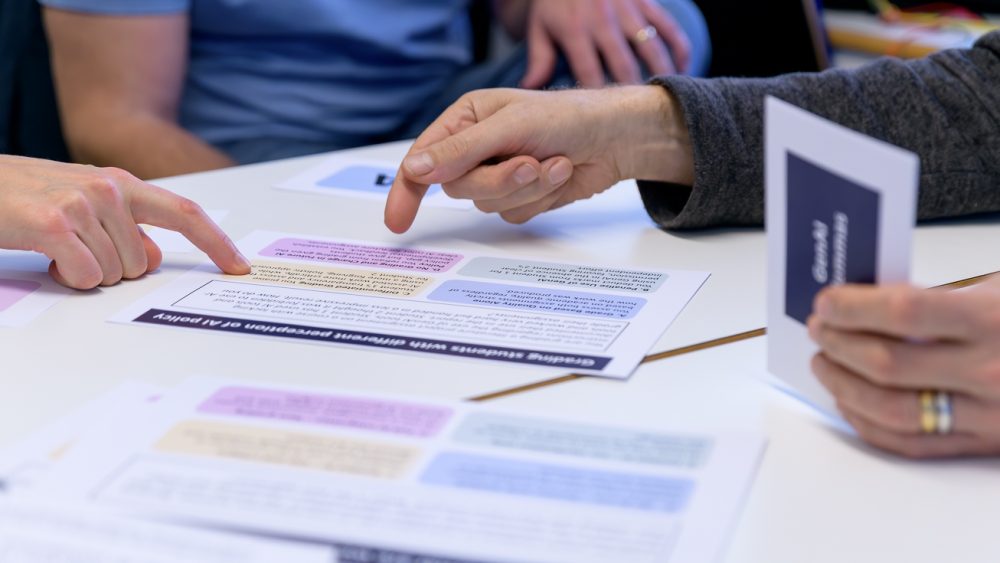




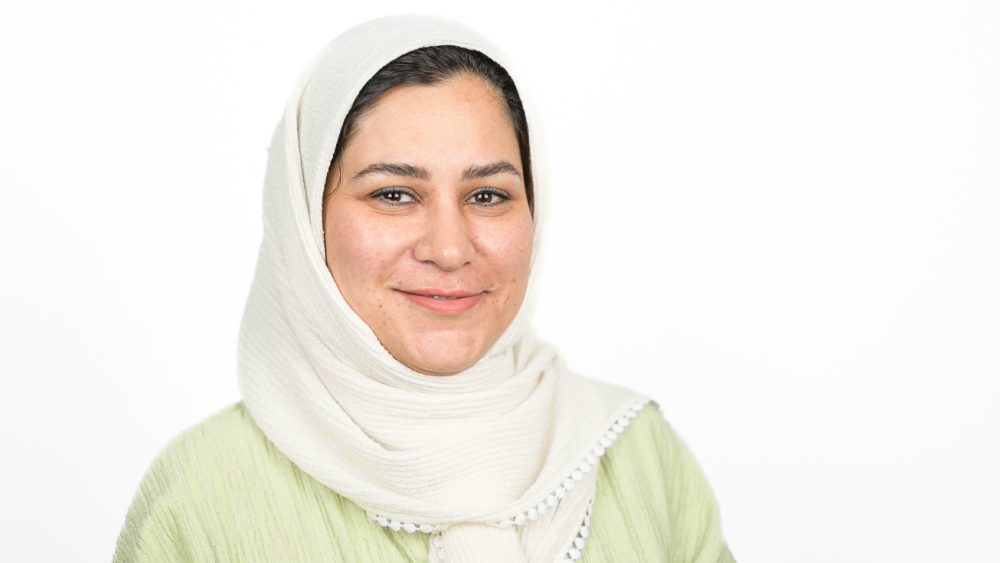
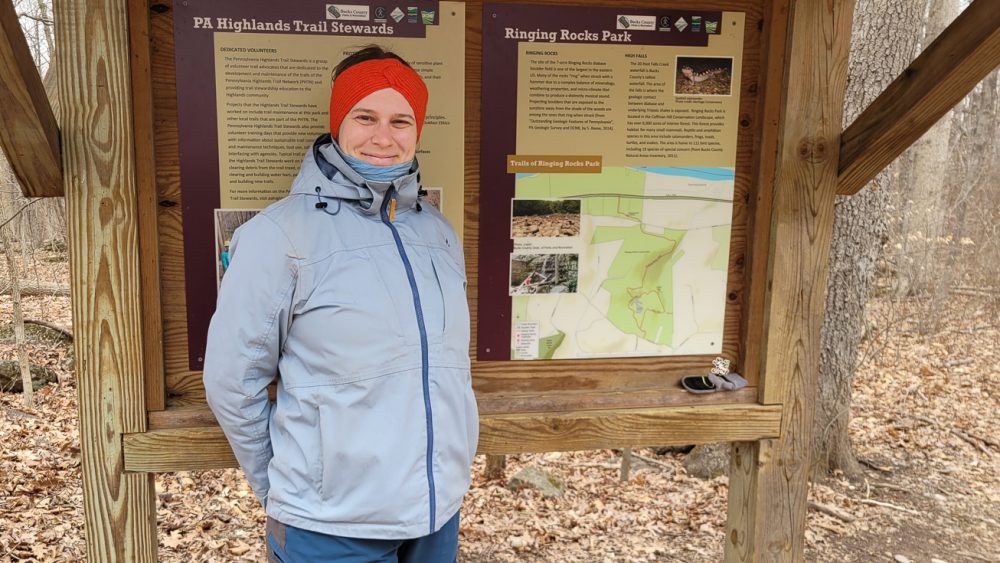

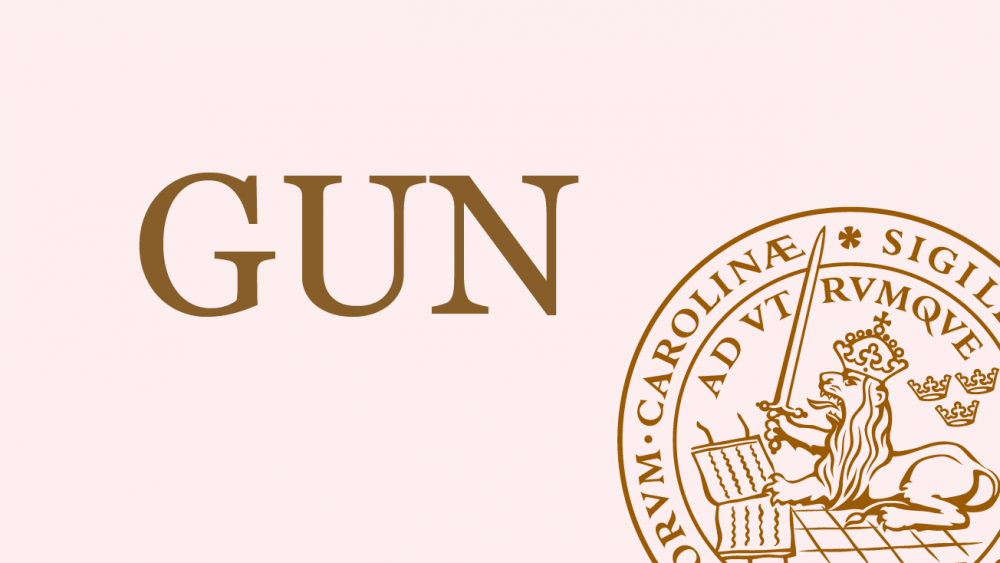


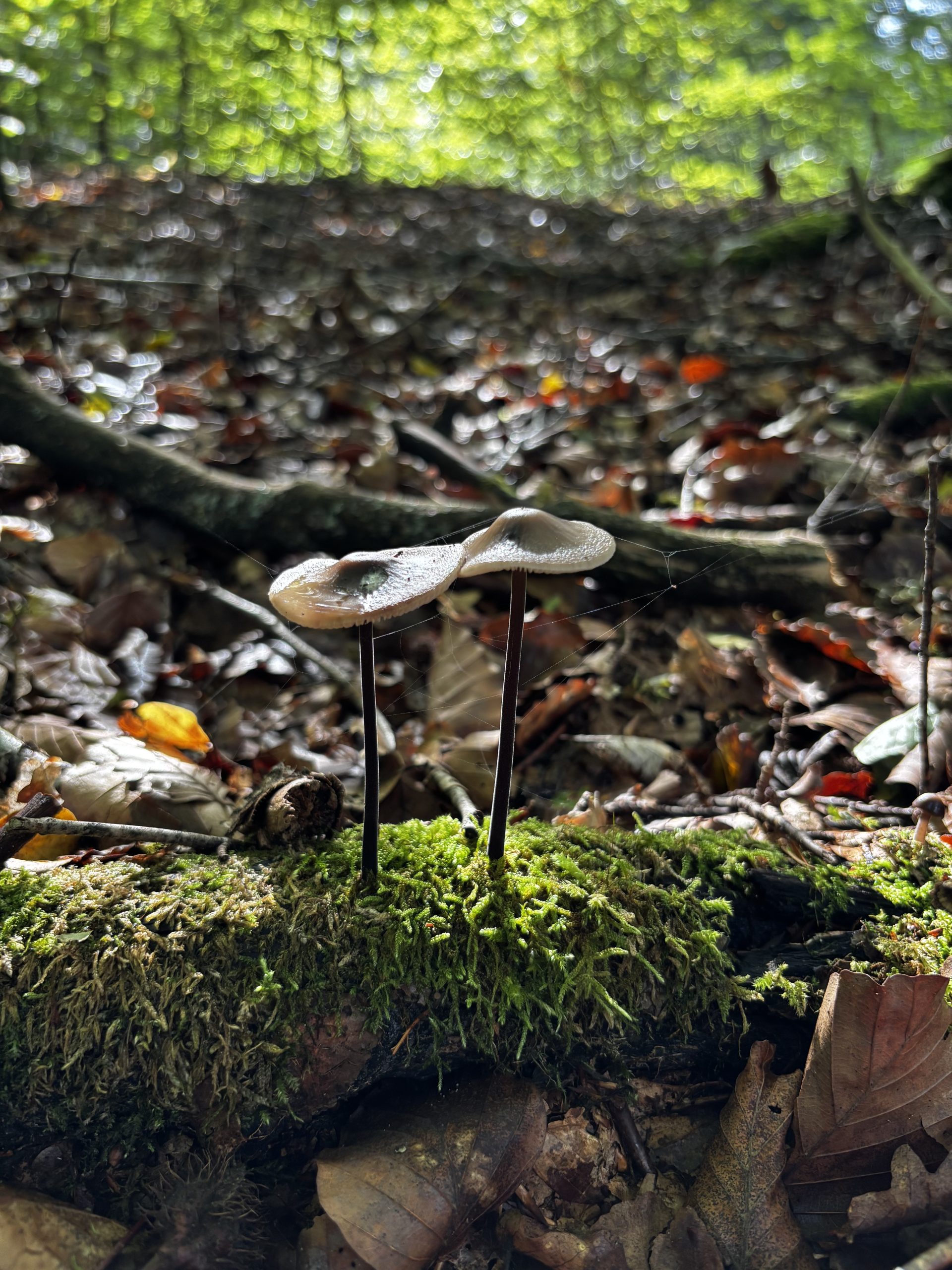

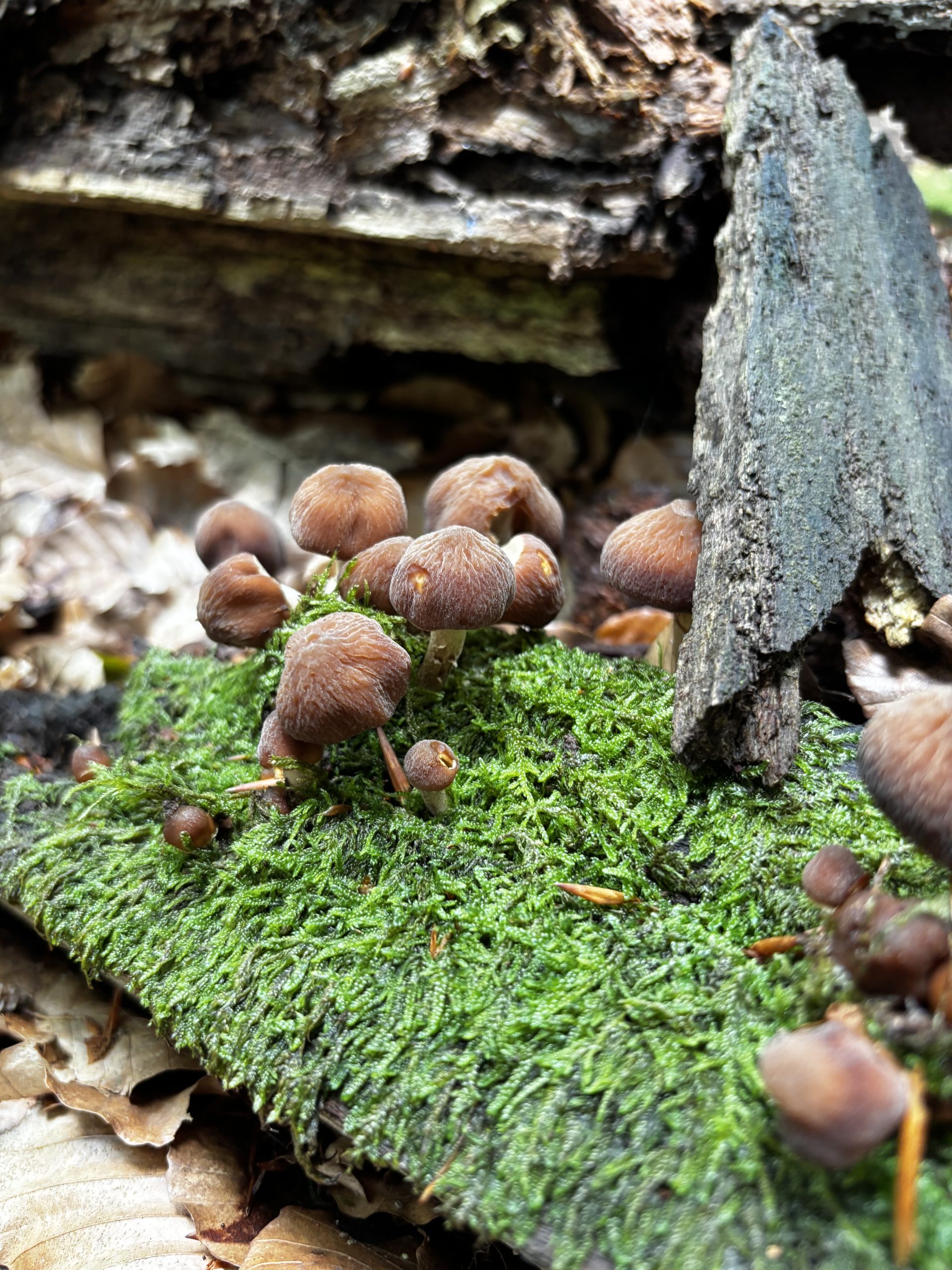

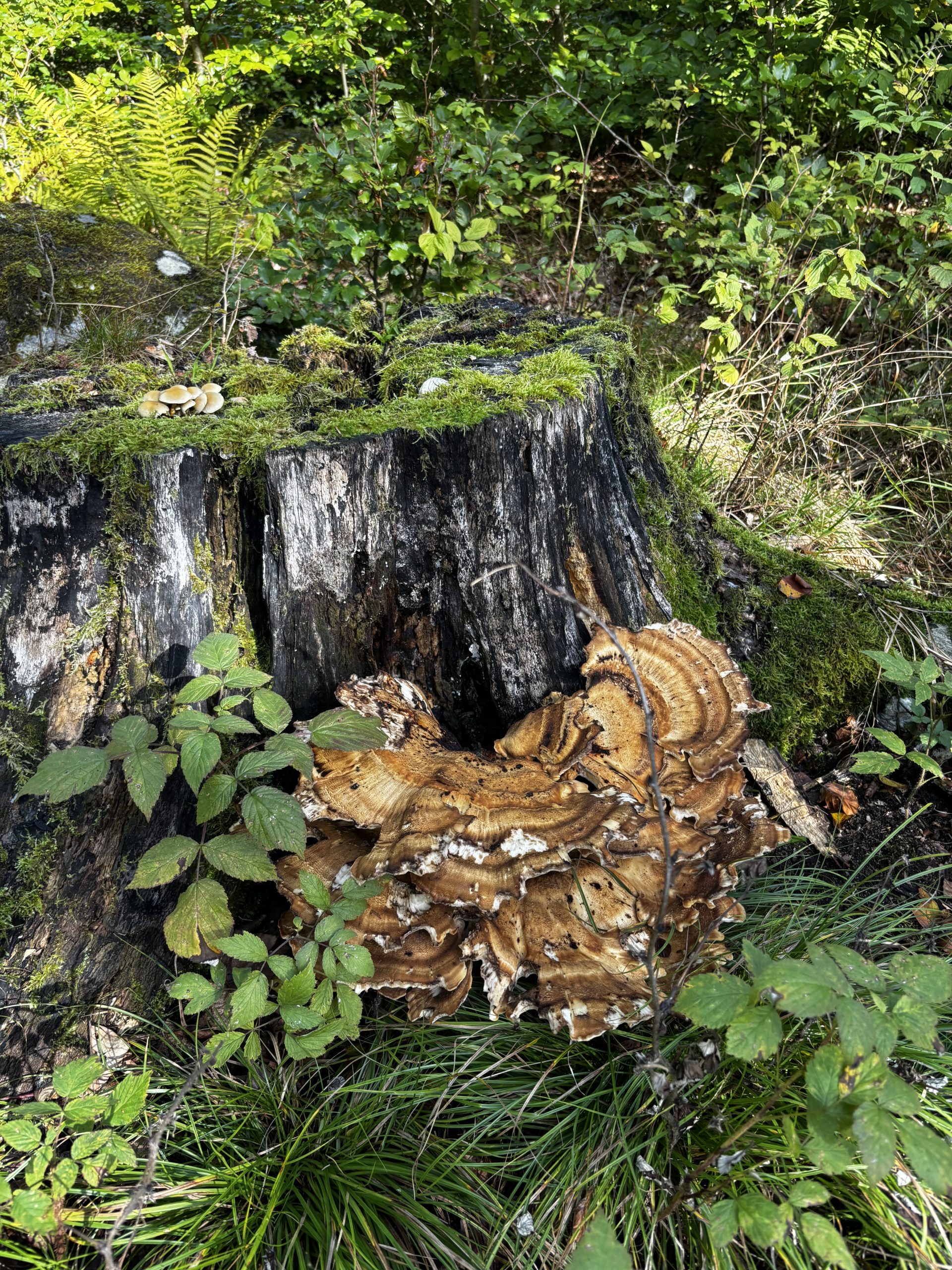


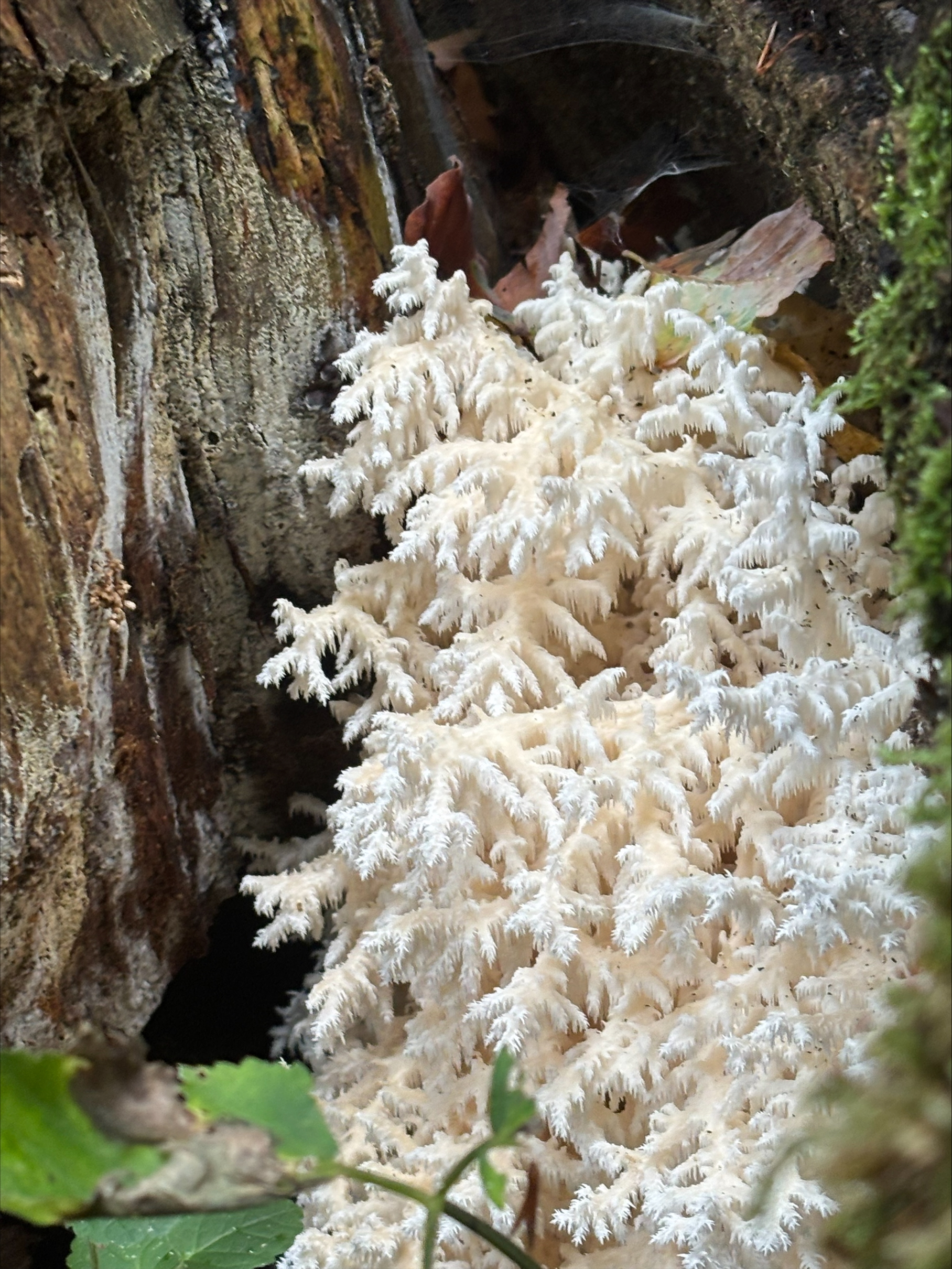
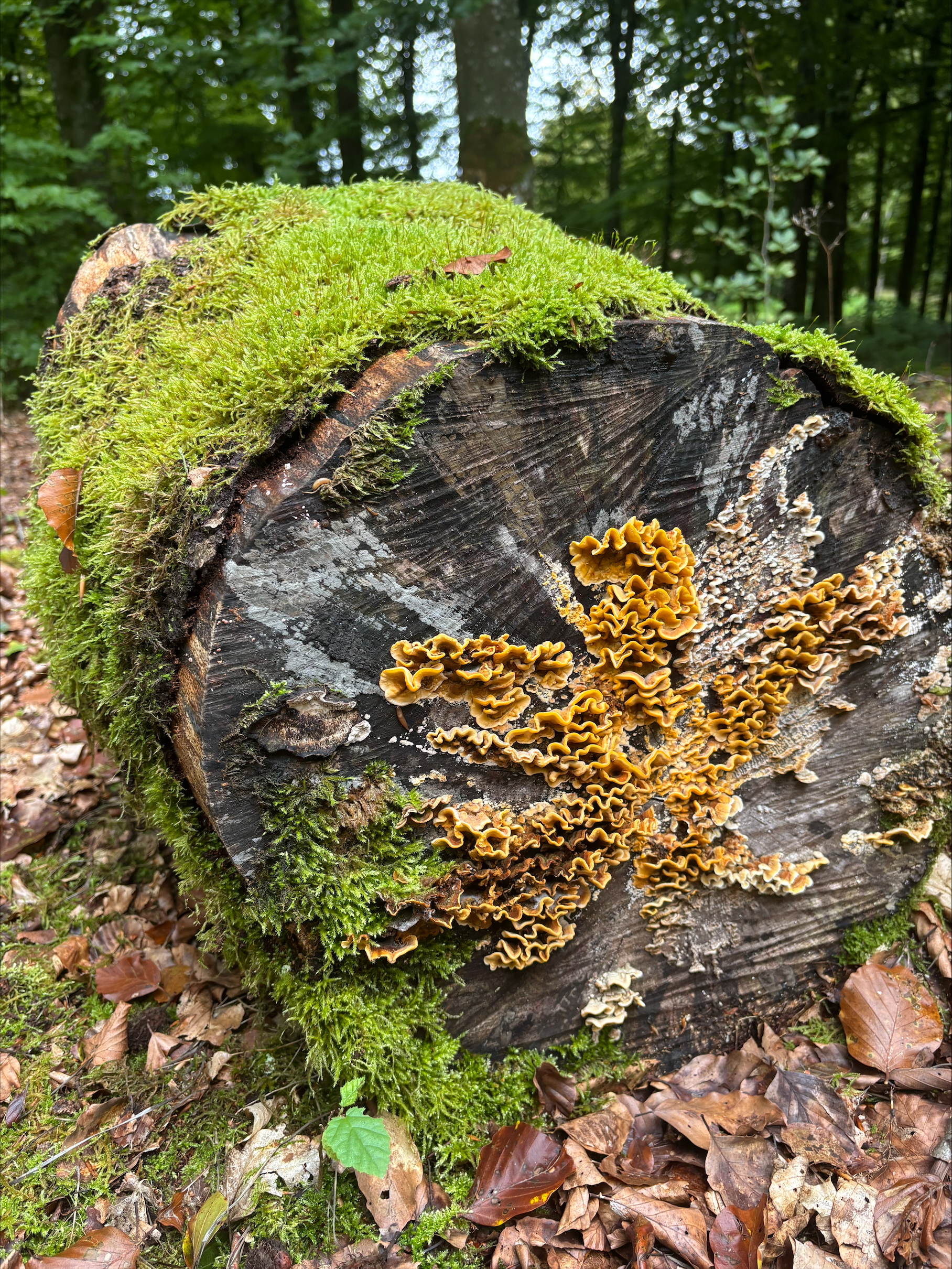

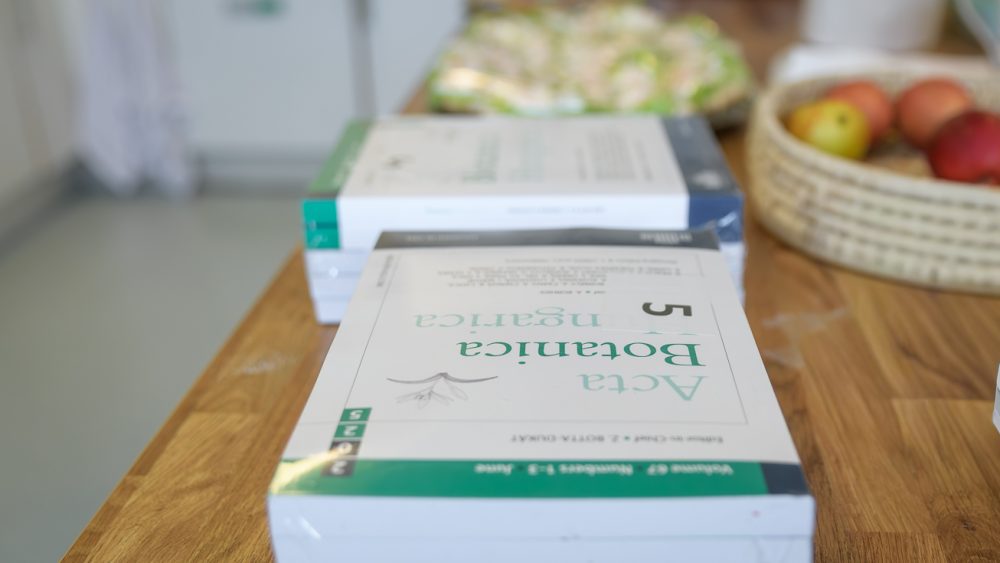
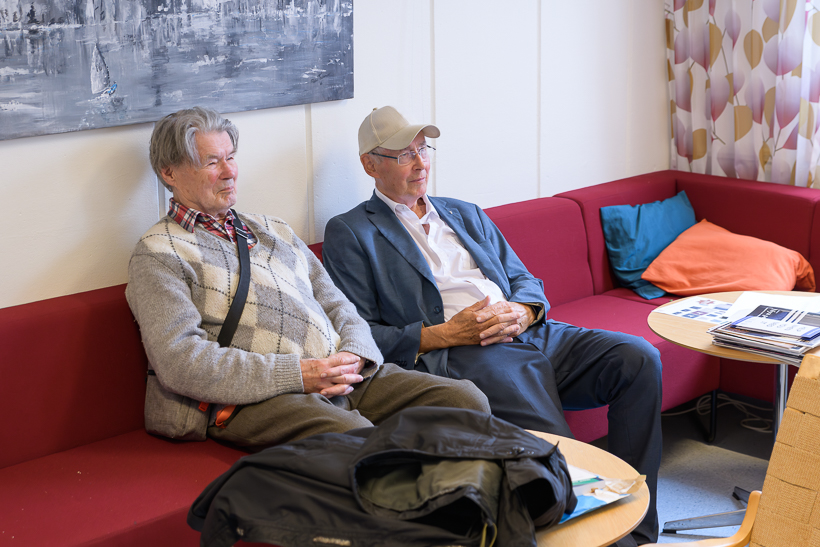
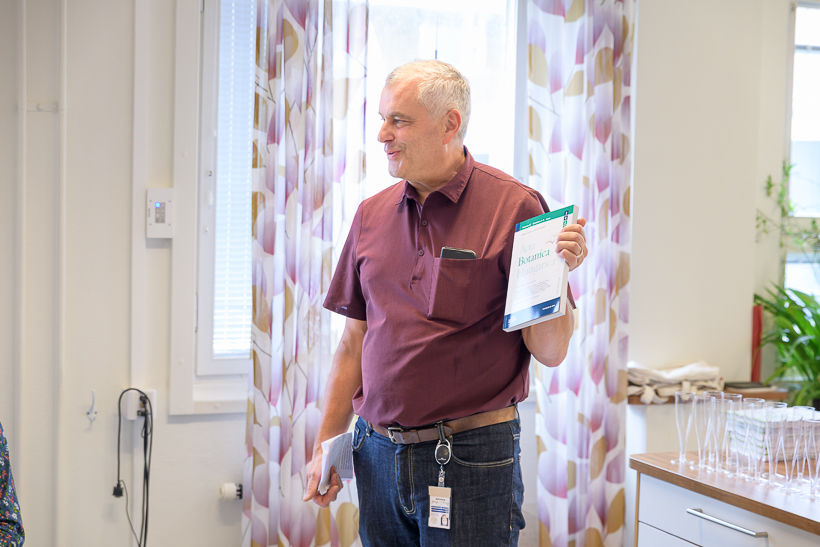
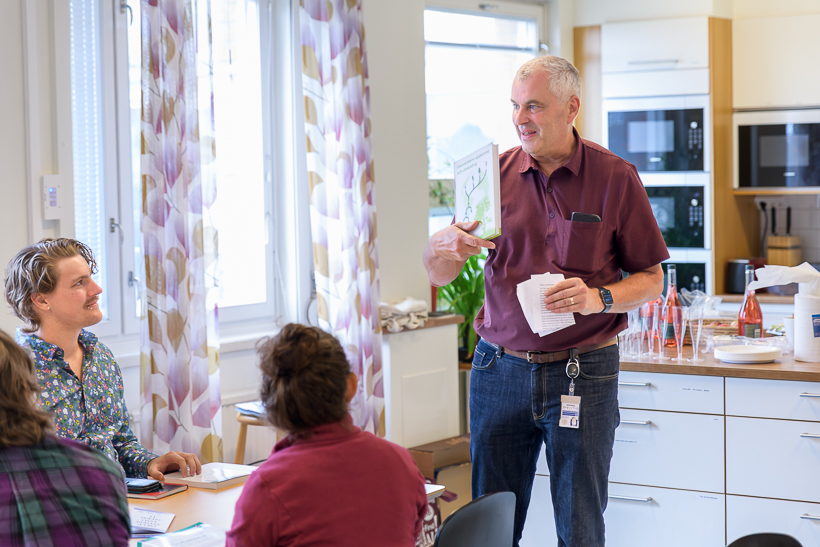
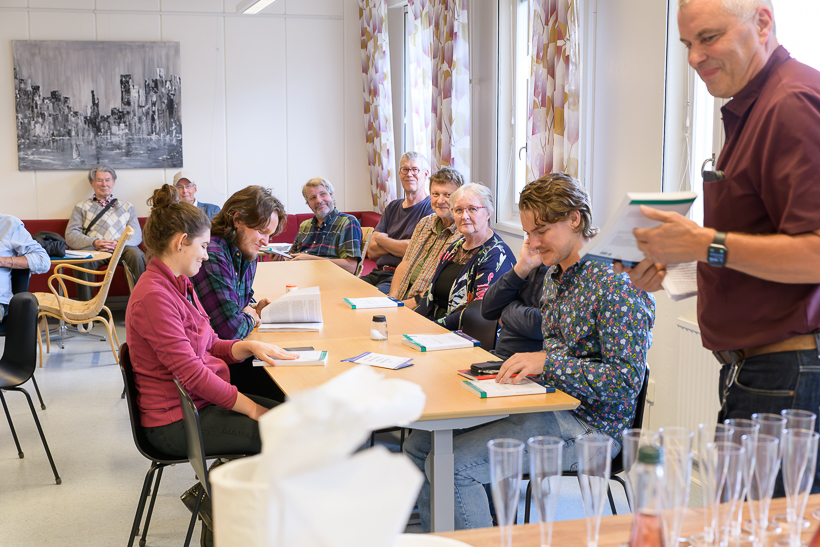
Kommentarer